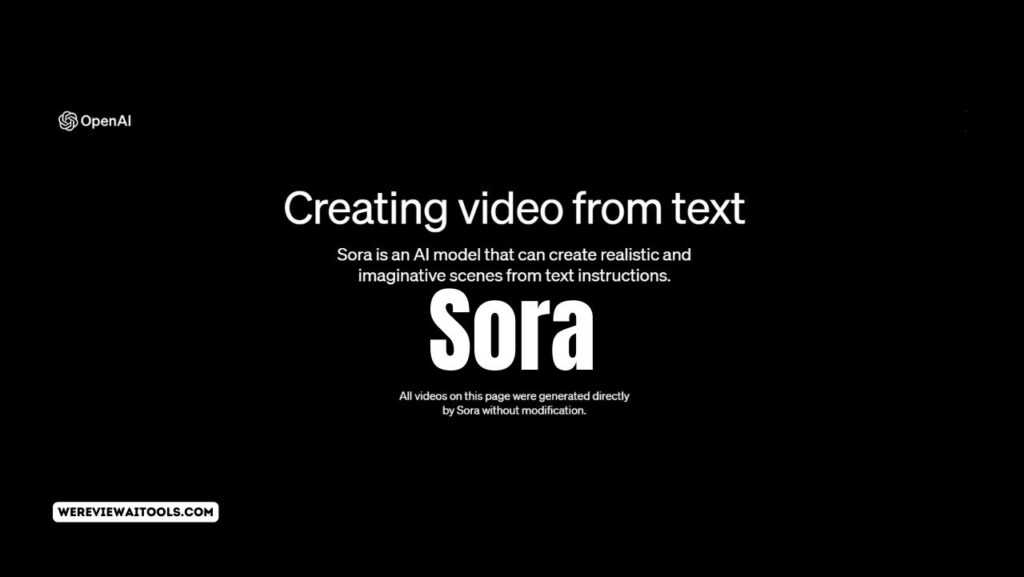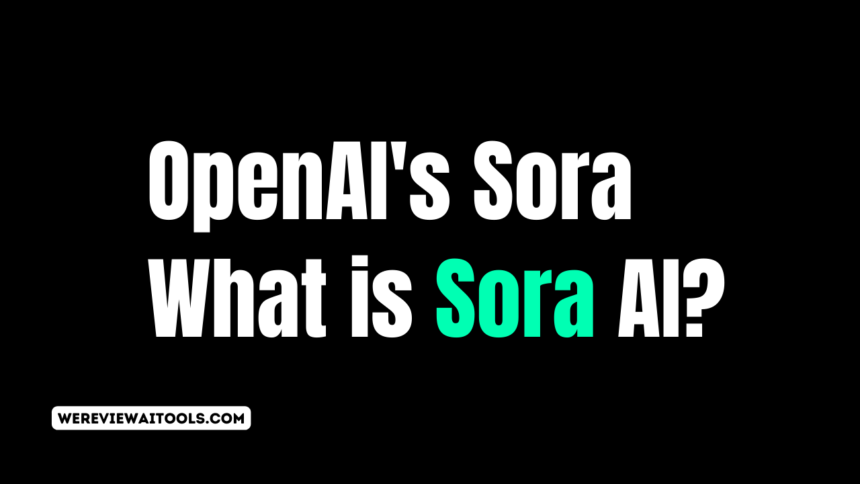Sora an ai based platform developed by OpenAI that helps to create images and videos just by your command, now sora is available and can access directly through chtgpt.
In this article, i have talked about in brief about Sora AI, let’s discuss
What is Sora?
Sora is a diffusion model,means, it begins with noise, and then gradually improves it to an image,then moves to the next image to create a video.
Users just type in the text into the prompts, and Sora creates videos with complex scenes, numerous characters, and precise information.
Imagine an enthralling Tokyo street at night, dotted with bright neon lights and animated signs and then watching Sora make it come to life with stunning images.
Based on information provided by OpenAI I, the model can produce videos that are up to a minute long. This is a significant increase over the previous models for text-to-video, which were generally restricted to shorter videos.
OpenAI’s Sora
What Sets Sora Apart?
A number of features differentiate Sora from its rivals:
- High-Quality Visuals The videos that are generated are incredibly realistic, far surpassing the previous video-to-text models.
- Video Long: Creating videos up to one minute in length sets Sora against its competitors and offers more storytelling potential.
- Physical World Understanding: Sora seems to be able to understand the way that characters and objects interact in real life which leads to more natural actions and interactions.
- Multiple shots: It is possible to ensure continuity between different videos in order to ensure that visuals and characters remain constant.
Potential Applications Of Sora AI:

There are many options for Sora are numerous, which includes:
- Indie Filmmaking:
Allow filmmakers who are independent and have small resources to produce professional visuals with no high production costs.
Filmmakers with disabilities can imagine and create scenes that they may not physically record.
Create short scenes and storyboards to help visualize ideas, play with various angles and shooting styles and test ideas before transitioning to the traditional filmmaking process.
Special Effects Develop complex characters or images that are impossible or expensive using traditional methods.
Personalized Content: Make different scenes according to the preferences of viewers or demographics, making it possible to create an interactive story telling.
Animation and storyboarding: Quickly visualize ideas and ideas for games, films or even advertisements.
- Training and education: Create engaging instructional videos or games.
- Design and marketing: Craft mockups and prototypes for environments or products.
- Tools for accessibility: Generate personalized video texts that are a summary for visually impaired people.
Sora OpenAI – Pros and Cons Based on Public Reviews
| Feature | Pros | Cons |
|---|---|---|
| Video Quality | – Generates realistic and high-definition videos | – Limitations in character diversity and facial expressions reported |
| Video Length | – Creates videos up to a minute long | – Not yet capable of generating feature-length films |
| Physical World Understanding | – Objects and characters interact realistically | – Can struggle with complex physics like fluid dynamics |
| Multiple Shots | – Maintains continuity across different shots | – Limited variety in camera angles and movement |
| Potential Applications | – Storyboarding, animation, education, marketing, accessibility | – Requires human oversight to mitigate bias and misinformation |
| Accessibility | – Not yet publicly available | – Potential for misuse for creating fake news or harmful content |
| Overall Impression | – Revolutionary text-to-video technology with vast potential | – Ethical concerns need to be addressed before widespread adoption |
Conclusion
Sora is outporming the other generative tools and now become game-changer within the field of text-to video.
It has capability to produce desired video according to user preference and it refine, high-quality videos from plain text and open up new possibilities for wide range of uses.
It’s obvious that Sora is in its beginning stage however the potential for its impact on the creation of video and storytelling is evident.
While OpenAI continues to improve the model and address ethical issues it will be fascinating to observe how Sora will shape the future of video content.








